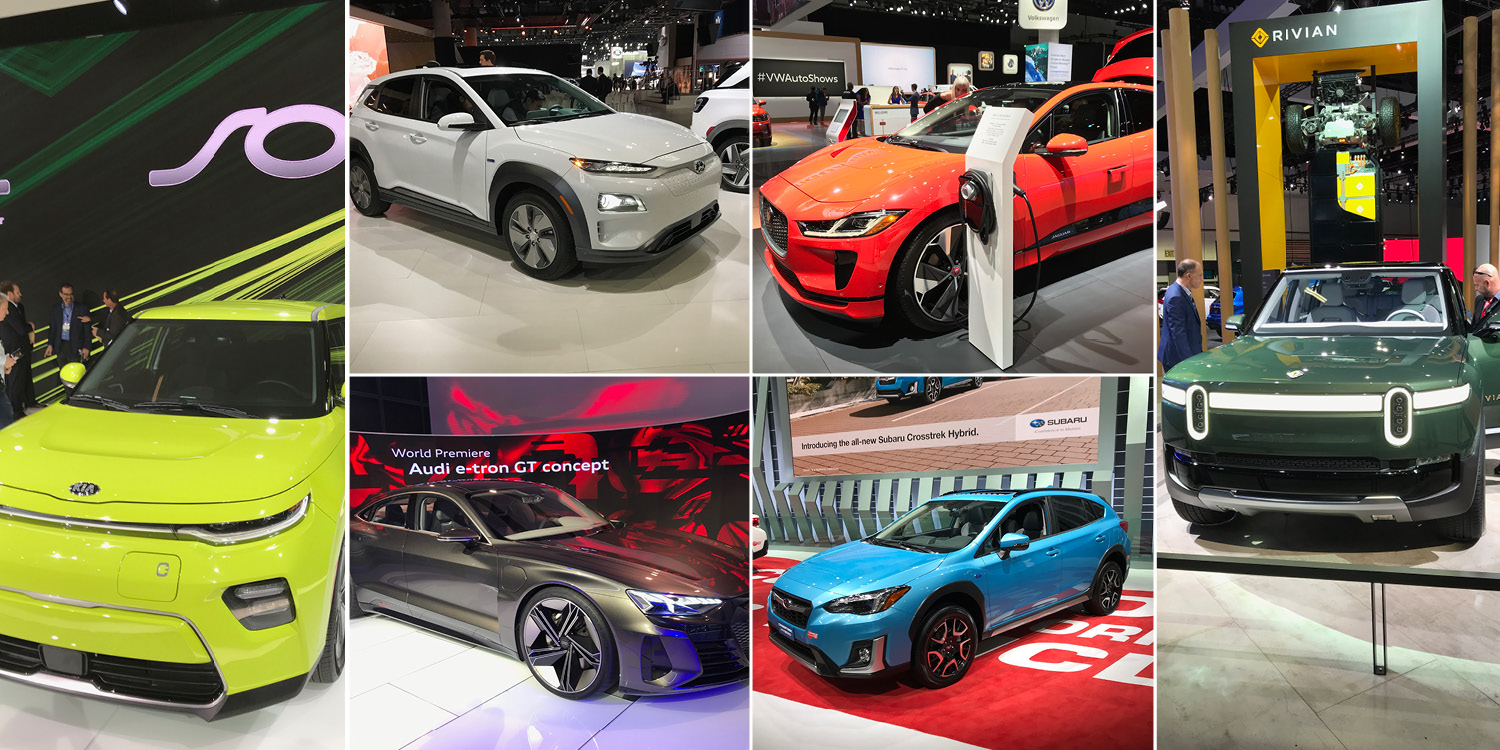Electric vehicle recap 2018: Paving the road ahead
As charging and vehicle choices expand, so does ownership.

Are we there yet?
Most anyone enduring a road trip can relate to that feeling of impatience at finally getting to your destination. The state of electric cars is in a similar place. That potential of electric vehicles to go main-stream with massive public ownership has never been stronger, but it will take more time for it to become a reality. Here are some of the ways the journey toward an electric car future accelerated this year.
More vehicles, more miles
In the last year or two, improvements in EV battery capabilities have led to vehicles with greater driving ranges, which helps calm the “range anxiety” that can be a barrier to going electric for some drivers. For instance the 2018 Nissan® Leaf® has a range of 150 miles, where the 2012 year model had just 73 miles.
A host of new models have been released by various brands, and notably, the Tesla Model 3 is finally being delivered. Most every car manufacturer today has some kind of all-electric vehicle option. Some brands like VW Group, which makes Audi and other brands, are launching an entire line of electric cars.

The latest EVs featured at the 2018 Los Angeles Auto Show®
New Xcel Energy charging pilots are just starting
This year Xcel Energy released a first of its kind Service Pilot in Minnesota to test out the best ways to reduce upfront costs for customers to recharge their EVs at home. Here are the choices:
• a fast-charging option
• a subscription service for off-peak charging
• a smart charging equipment plan
Learn more by choosing "Minnesota" in the state selector here.
Public charging locations growing fast
Public charging infrastructure has been expanding on several fronts. Fast Charging Corridors are taking shape with public and private funds. Most notably, the Electrify America program funded by the VW diesel settlement and administered by various state agencies is pursuing 2,000 DC fast chargers at nearly 500 U.S. locations. These fast chargers will be accessible to owners of all brands of EVs. With fast charging, one minute of charging time can equate to up to 20 miles of driving distance. Other possibilities include community charging infrastructure with services like HOURCAR for electric car sharing opportunities, a growing trend with Millennials and Gen Z.
The simplicity story of EVs is just starting to take shape
With significantly fewer parts than a gas or internal combustion engine, the simple electric motor of an EV means fewer visits to the mechanic. And with no oil changes, operating costs go even lower. This has caught the attention of fleet managers who are always seeking efficiencies. Xcel Energy is creating fleet charging initiatives using fleet analytics to determine the best path forward for owners of vehicle fleets to use more electric vehicles. Even electric school buses are being explored, with the added benefit of better air quality for our school kids.
Looking ahead
Jukka Kukkonen of PlugInConnect, an EV market and technologies consulting company based in Minnesota, makes this observation: “EV sales are clearly picking up speed and in some countries they are already selling more than traditional internal combustion vehicles. In the U.S., the Tesla Model 3 has been one of the most sold passenger vehicles this fall, selling in some months even more than the Toyota Corolla. We are working with all manufacturers to help them to sell more electric vehicles in 2019.”
Keep up on the latest EV progress and programs at Xcel Energy here.


